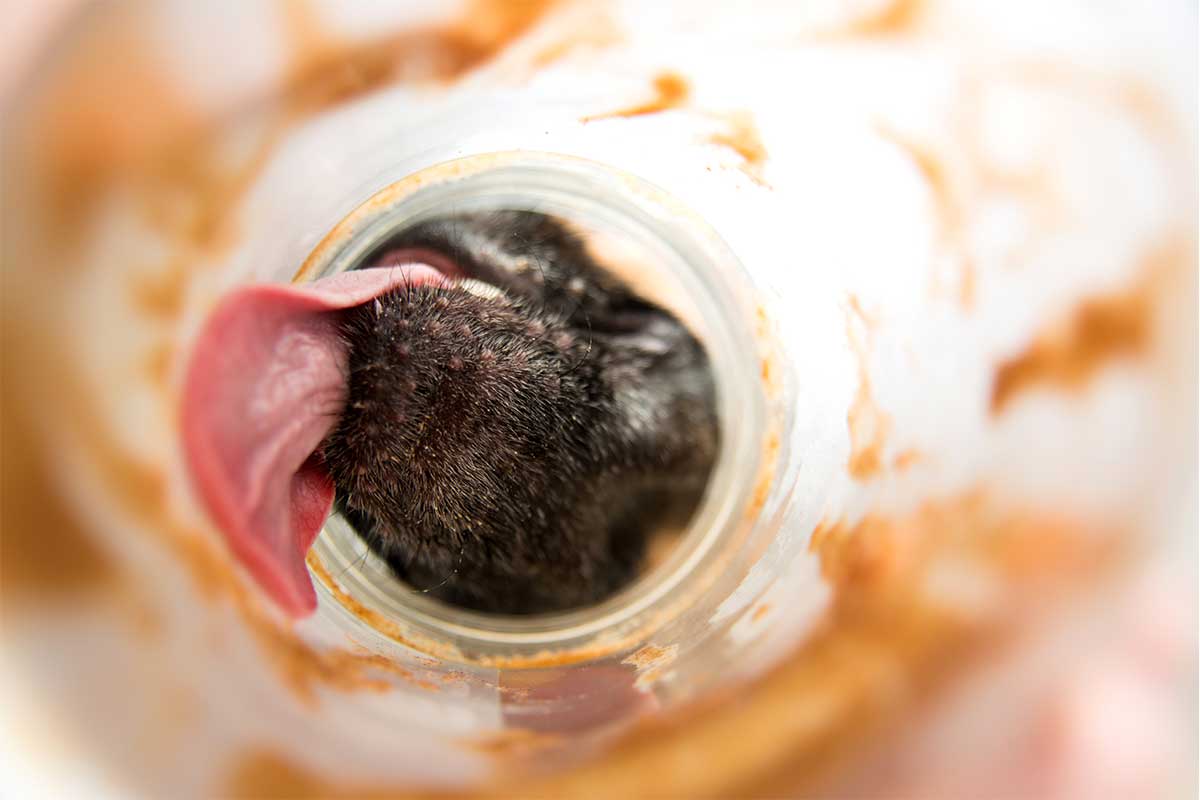By Mikkel Becker, CBCC-KA, KPA CTP, CDBC, CPDT-KA, CTC
Acts of kindness, no matter how small, leave lasting positive memories. That’s at least one feel-good way of talking about the use of treat rewards in our industry. However, in terms of creating an all-around successful vet visit for clients and patients alike, keeping that in mind can also get you and your practice real results.
In Dr. Stephen Ettinger’s case, he remembers how one act of kindness shown towards a client’s children ultimately won the client’s loyalty for the lifetimes of multiple pets.
Dr. Ettinger wasn’t planning on doing what he did that day, but as he entered the exam room to meet his next patient, he was greeted by chaos. It wasn’t the pet causing the disturbance, but the client’s children. Their rambunctious, out-of-control behavior had everyone on edge, including the pet and the overwhelmed mother. Instead of forging on with care and trying to ignore the disturbance, Dr. Ettinger reached into his pocket, grabbed his wallet and pulled out a couple of dollar bills (which went a lot further back then than they do now). He handed a dollar to each child.
“When this exam is over, your mom is going to take you around the corner to Baskin Robbins to get you some ice cream. How does that sound?” he asked.
The spontaneous gift and the expectation of a tasty treat was enough to calm the children and allow the exam to be completed in peace. It wasn’t just the kids who were won over, but their mother as well. Years later, she continues to remind Dr. Ettinger when she sees him how much his act of kindness that day meant to her and to her children.
I think we all know that treats work equally well to gain a pet’s interest and trust. Treats give pets the opportunity to stop, think and relax in what can be a frightening or stressful situation.
“I’m astounded by the value of treats,” Dr. Ettinger says. His favorites for use during Fear Free care of pets include Philadelphia cream cheese, Honey Nut Cheerios, pretzel sticks, spray cheese, tuna, peanut butter, pure meat baby food (cats especially like lamb and chicken breast flavors) and Fancy Feast Medleys (a delicacy his wife calls‘kitty crack’).
Of course, individual pets have their own preferences.
“I have a client who swears the only ice cream her cat will take is Haagen-Dazs vanilla,” Dr. Ettinger says.
Of course, being aware of caloric value (and educating owners about it) is important, because it’s likely that at home the client will give more than one. “The dog who won best in show (at Westminster) last year was given a full package of treats while showing,” says Ettinger.
It’s one thing to give treats in small quantities during the short period required for veterinary care, especially in comparison to the emotional benefits and distractions they provide during exams and procedures. But when it comes to the pet in the home, Dr. Ettinger suggests helping pet parents find waist-friendly options.
Encourage clients to give treats in small sizes and amounts and to check caloric value per treat, he advises.
“There’s a big difference between a treat that is 1 to 6 calories per treat and those that are 10 to 20 calories per treat,” says Dr. Ettinger.
“Treats equal love to the client,” says Dr. Ettinger, “But the reality is that treats equal love, love, love, love, OBESITY.”





